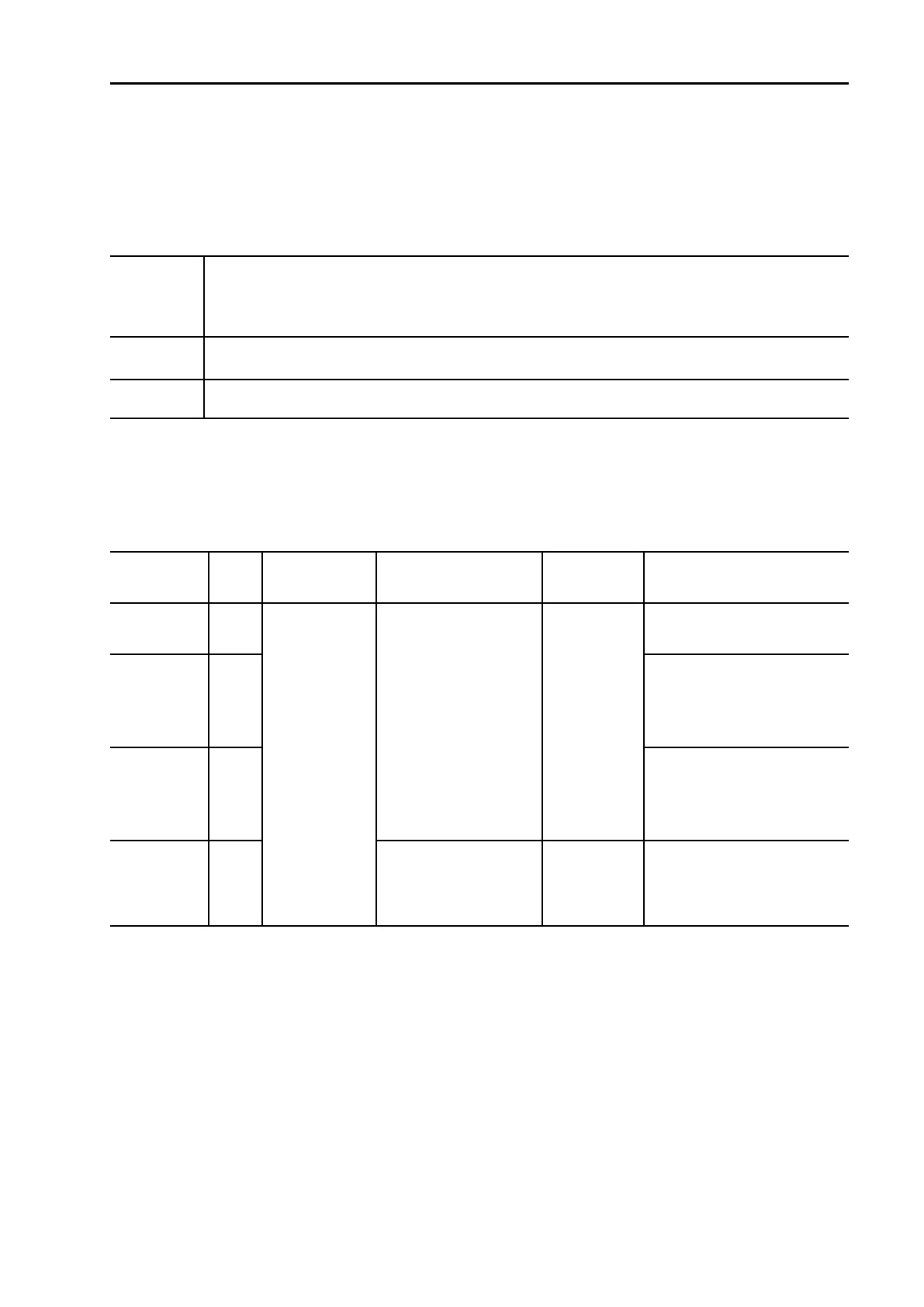00 Index and foreword
Foreword, safety and general information
How to read electric wire code
(ALL-E500-030-P-00-A)
(Rev. 2012/10)
• In the electrical circuit diagram, material, thickness and color of each electric wire are indicated by
symbols. The wire code is helpful in understanding the electrical circuit diagram.
Example) AEX 0.85 L: Indicates blue, heat-resistant, low-voltage wire for automobile, having nominal No. of
0.85
AEX
Indicates type of wire by symbol.
Type, symbol, and material of wire are shown in Table 1.
(Since the use of AV and AVS wires depends on size (nominal No.), their symbols are not
indicated on the diagram.)
0.85
Indicates size of wire by nominal No.
Size (Nominal No.) is shown in Table 2.
L
Indicates color of wire by color code.
Color codes are shown in Table 3.
Type, symbol, and material
• AV and AVS are different in thickness and outside diameter of the coating. CAVC has a circular
compressed conductor. It differs from AV and AVS in the outside diameter of conductor and thickness of
the coating. And AEX is similar to AV in thickness and outside diameter of the coating but different from AV
and AVS in material of the coating.
(Table 1)
Type
Sym-
bol
Conductor
material
Insulator material
Temperature
range (°C) in
use
Example of use
Low-voltage
wire for
automobile
AV
Annealed
copper for
electric
appliance
Soft polyvinyl chloride
-30 to +60
For large current wiring
(nominal No. 5 and above)
Thin-cover
low-voltage
wire for
automobile
(Type 1)
AVS
General wiring
(nominal No. 3 and lower)
Thin-cover
low-voltage
wire for
automobile
(Type 2)
CAVS
For mid- to small-size
excavators
(nominal No. 1.25 and lower)
Heat-
resistant low-
voltage wire
for
automobile
AEX
Heat-resistant cross
linked polyethylene
-50 to +110
General wiring for extremely
cold weather specification
Wiring at high ambient
temperature place
D155AX-7
00-43

